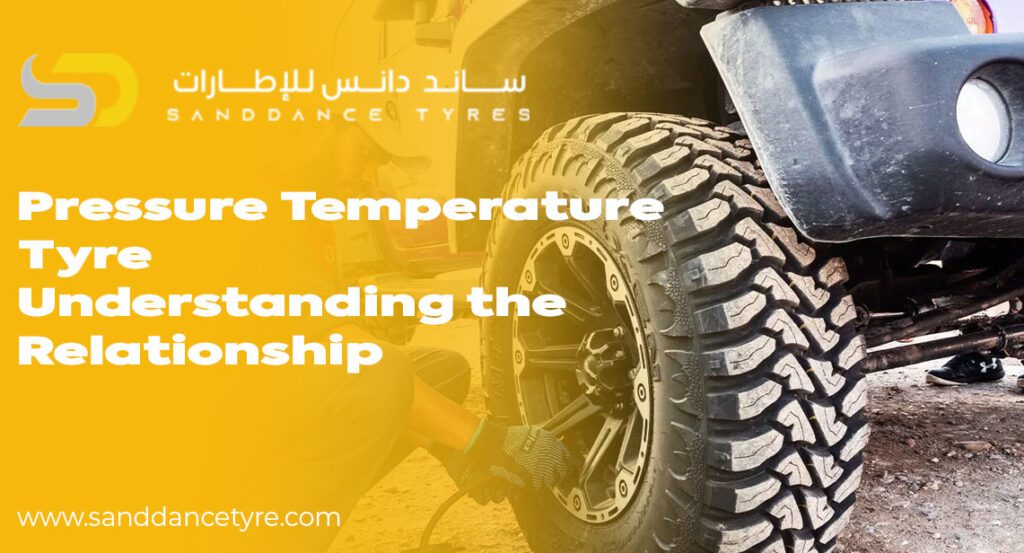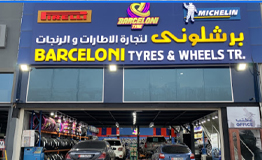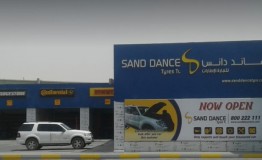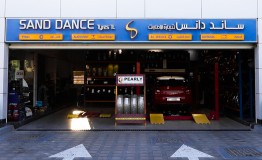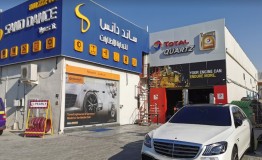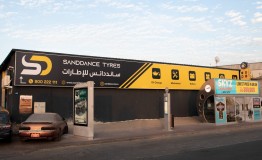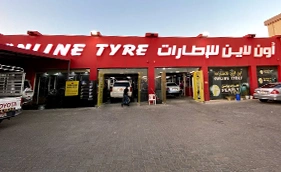Table of Contents
ToggleTyre pressure, which is a very important element of vehicle safety and performance, is an issue that many drivers pay no attention to. In the UAE, we see great pressure temperature tyre and also very hot weather, which plays into this issue. At Sand Dance Tyre, we note the results of this neglect in terms of uneven tire wear, which in turn also reduces handling control.
Read More: Tyre Handling Impact – The Role Tyres Play in Your Car’s Performance
The Science Behind Pressure Temperature Tyre Changes
Air in a tire inflates upon heating and deflates; that is a basic tenet of gas behavior. Also, it is a fact that your tire’s PSI (pounds per square inch) is not constant; it changes based on the temperature. We see that tire pressure goes up by about 1 PSI for every 5 to 6 degrees C rise in temperature.
In the UAE, this relationship is of great importance, which we see in the scorching midday heat that raises tyre temperatures greatly, and at the same time, cool morning temperatures, which bring them down. We may not always notice, but these PSI changes between hot and cold conditions play a key role in maintaining the performance of the car as well as in avoiding unsafe driving conditions.
Heat Expansion and Its Effects on Tyres
The heat we see in tires, which is a result of the road and tire friction, as well as ambient heat, causes the internal air temperature to rise. As the air heats up, so does the pressure in the tire. This is a natural process, but if the heat is too great, it may cause the pressure to go beyond what the manufacturer says is safe, which in turn reduces grip and increases the chance of a blowout.
This is time at which you get the most accurate reading is when the tires are “cold” (before you drive in them or when the car has been parked for a few hours).
Cold Conditions and Tyre Pressure Drop
In cold weather, which is also to say early morning in the UAE wintertime, tire pressure may drop. Pressure changes with temperature, which means that if your tires were at the proper pressure in the late day, they may be low the very next morning. Underinflation increases rolling resistance, causes irregular wear, and also reduces fuel efficiency.
Drivers who regularly travel between the coast in the UAE and the cooler inland areas should note this out-of-season change in pressure and temperature, which affects tires.
The Safety Margin in Tyre Pressure
Each tire has a performance range of pressure, which includes a safety buffer for temperature variation. But this buffer is not infinite. If you run your tires at greatly above or below the recommended pressure, you may see an increase in wear, a drop in handling, longer stopping distances, and a greater chance of failure.
At Sand Dance Tyre, we recommend that it is best to check pressures at least biweekly and before long trips, always when the tires are cold, to set you out right.
PSI Changes Hot Cold – Real-World UAE Example
In the morning at 20°C, you inflate your tires to 33 PSI. By noon, which in some cases may see road temperatures over 60°C, your tire’s internal temp can rise by 30 40°C, which in turn increases your PSI to 37 39. This is within the normal range for most vehicles’ pressure tolerance, but it also points out that, which is to say, that inflating above the recommended cold pressure is dangerous in hot weather.
Also, as the air in your tires increases to the advised PSI in the heat of the day, it may drop to an unsafe level by nighttime due to cooling. This variation, which we see, is a form of the need for very regular checkups and proper study of pressure and temperature effects in tires.
How Sand Dance Tyre Helps Maintain Correct Tyre Pressure
We have at our disposal precise digital gauges, which we use for your tyre pressure measurement, which we do at the best possible time. Also, we advice on how heat from the sun and daily temperature fluctuations affect your vehicle’s tires.
Our services, which include filling up air, we also do leak checks, and we put in nitrogen inflation, which we offer as an option to our customers — it reduces the rate of pressure changes related to temperature. Nitrogen molecules expand to a lesser degree than regular air, which in turn gives our customers more stable PSI levels across different temperatures.
Why Understanding the Pressure Temperature Tyre Relationship Improves Driving
By perfecting the balance between pressure temperature tyres, we see better overall performance from your vehicle, longer-lasting rubber and greater safety. In summer’s heat, which is when we see that dangerous overinflation, or at any other time when the mornings are cool and your tires are at a lower pressure, your awareness of these issues will make for a smoother, safer ride.
In the UAE’s harsh climate, tire care is a must; it is a component of responsible driving. At Sand Dance Tyre, we are dedicated to seeing that your tires perform within their safe and efficient limits, no matter the temperature.
FAQs
Q1: Should I put my tires at the maximum PSI listed on the sidewall?
No, when doing this, do what the manual that comes with your car says to do, or what is written on the car door jamb.
Q2: What is the recommended frequency for checking tyre pressure in the UAE?
At a minimum, every 2 weeks and also before any long trip, when the tires are cold.
Q3: Does air pressure from nitrogen change with temperature?
To some degree, nitrogen reduces the rate of expansion and contraction as compared to regular air.


